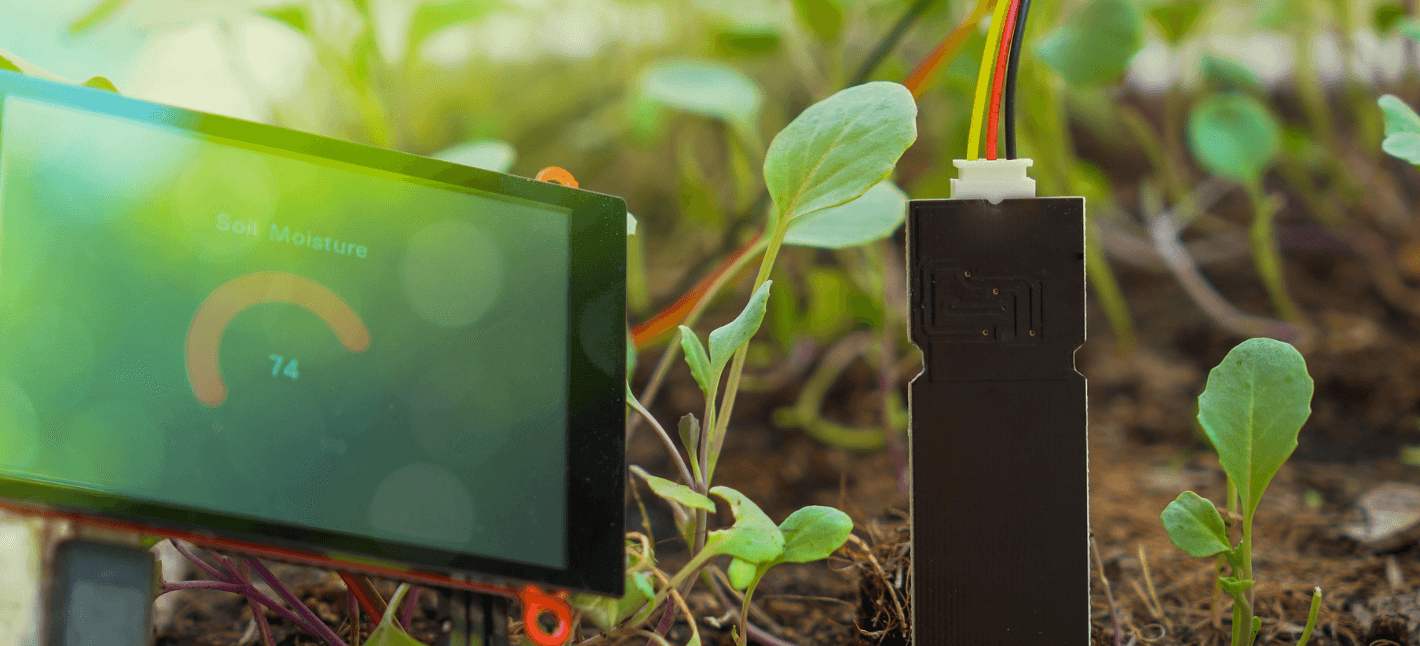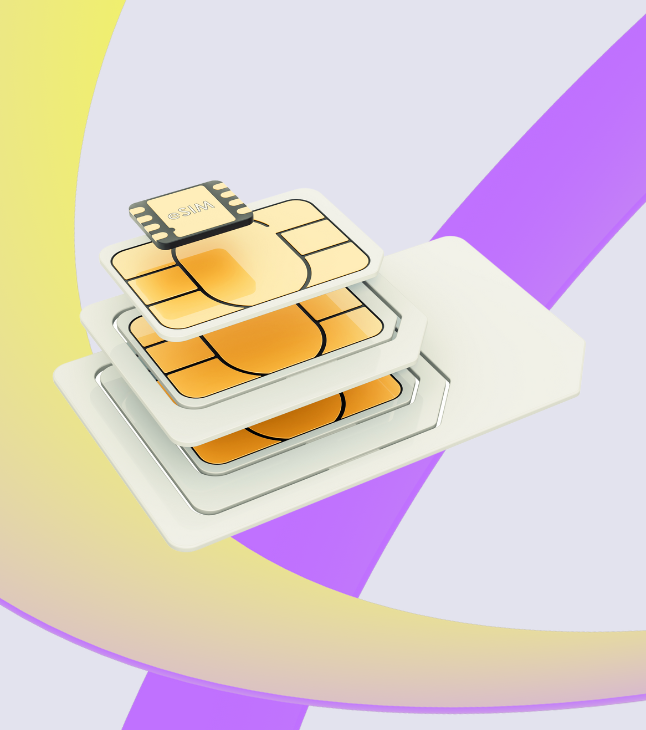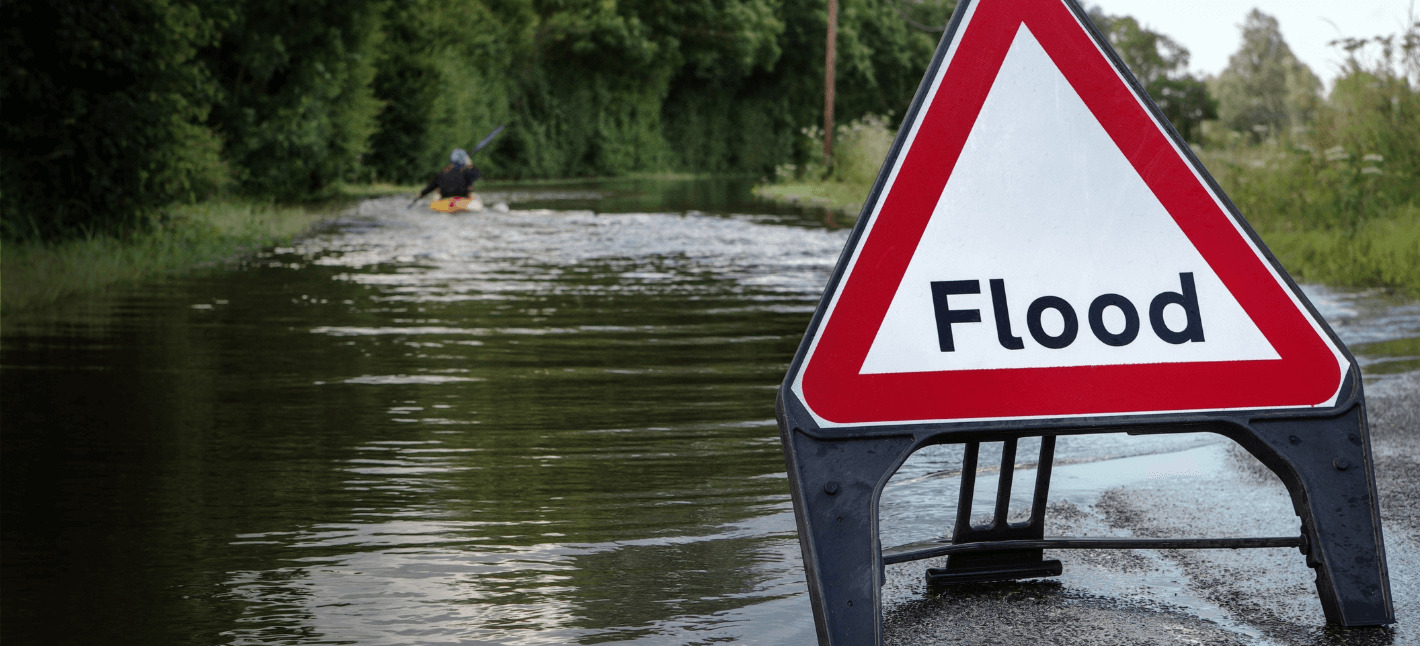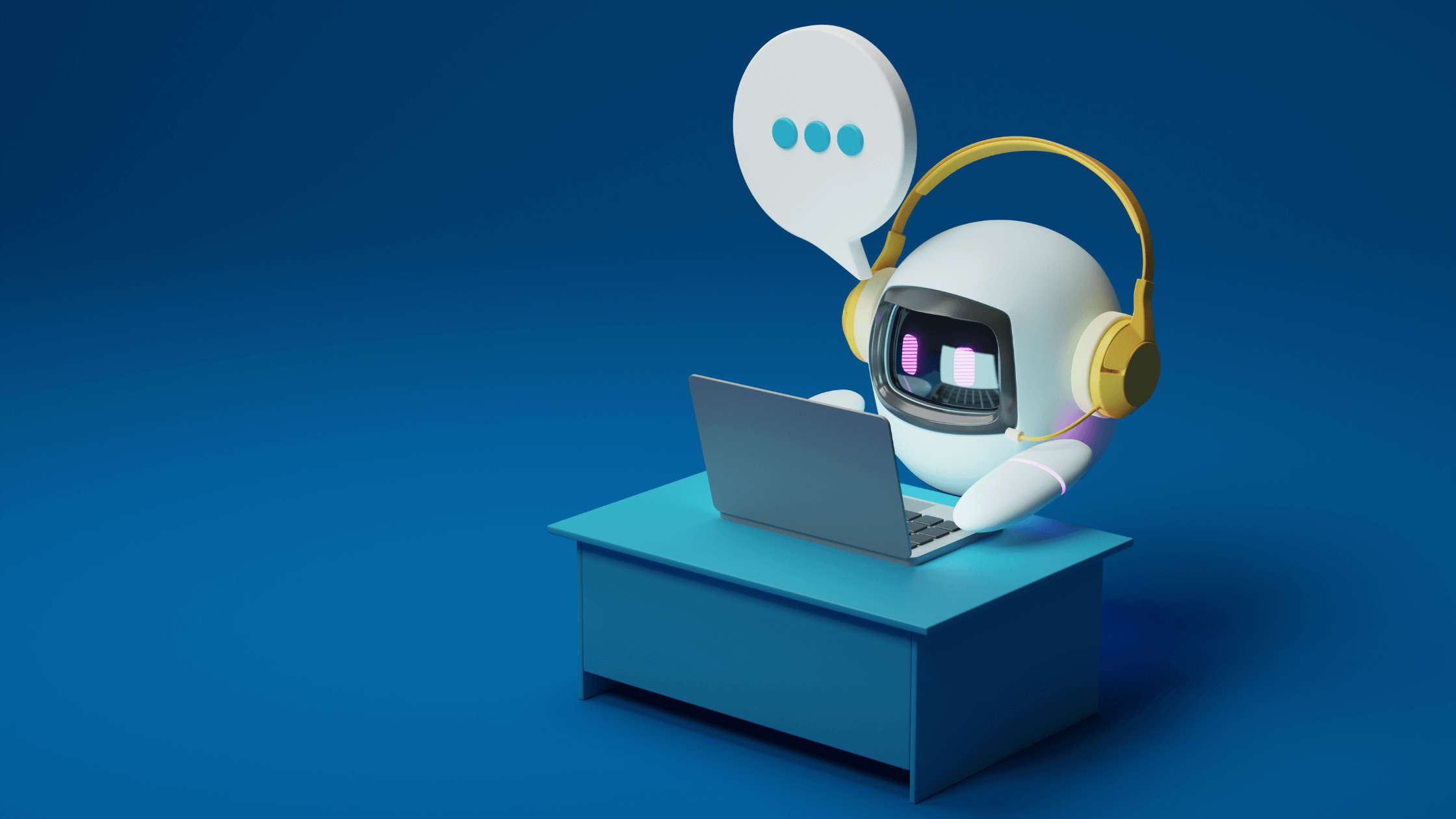The Internet of Things (IoT) is a network of physical devices, interfaces, and other items embedded with sensors, actuators, electronics, and connectivity. These devices collect data from their environment through IoT sensors and communicate it to systems. Data from IoT sensors can be used better to understand a system or process for further actions. It can also prevent tragedies, decrease usage costs, and simplify your everyday life.
IoT sensors are one of the key components in IoT devices that collect data from surroundings and transmit them over networks. This article covers a list of sensors used in IoT solutions, their role, and real-life examples.
Introduction to IoT sensors
IoT Sensors are electronic chipsets or modules that sense the ambient or system conditions and transmit that data to the Internet through a gateway. These different sensors can function through physical contact, radiation, or magnetic fields.
There are two main types of sensors used in IoT applications:
- Passive sensors: detect changes in their environment without any dedicated power supply (e.g., temperature)
- Active sensors: require some form of power source to function (e.g., battery)
In a nutshell, IoT sensors measure the physical environment to collect data about things like temperature or air quality; they can then transmit the information via a network to gateways and the cloud. Once in the database, it can be analyzed further for the next course of action.
IoT sensors are often combined with other technologies, such as AI and cloud computing. For example, a sensor might measure temperature and humidity in a room and transmit that data to a cloud-based database, where it is analyzed to perform necessary operations.

How are sensors being used in IoT? 16 examples of IoT Sensors
A wide variety of IoT sensors are available in the market for different use cases and applications. Here is the breakdown of popular types of IoT sensors and how they are used in IoT:
Temperature Sensors: Temperature sensors or thermal sensors can detect the temperature of an object, surface, or environment. A temperature sensor measures and sends the temperature of something or someone to a cloud or other devices via a network. For example, a device like a thermostat is temperature-controlled using temperature sensors.
Humidity Sensing: Humidity sensor detects changes in moisture levels in different mediums like air, liquids, or solids. Humidity sensors detect the layer’s response to electronic signals through an electronic circuit that converts electrical signals into digital ones; Such humidity detection can also be used in thermostats and other wetness detection solutions.
Fire Detection Sensors: As the name suggests, fire detectors are used to detect smoke and heat. Such detection can be helpful in industrial operations and smart buildings. For example, fire detection can detect smoke and heat from combustion processes within combustion chambers like furnaces.
Light Sensors: Light sensors are photodetectors that are designed to detect visible light. These sensors are used for smart street light automation to measure luminance from various light sources, such as sunlight. Light sensors can be useful to turn on lights when sunlight is low or unavailable automatically.
Proximity Sensors: Proximity sensors can help identify if there are nearby objects, animals, or humans passing by. Such sensors detect the presence and take further necessary actions such as turning on lights, recording camera footage for safety, or even helping with car parking. Infrared sensors, ultrasonic sensors, optical sensors, and LiDAR can help with such proximity detection.
Gas Detection Sensors: Gas leak detectors can be used to identify a particular gas in the surroundings. It can help detect potentially dangerous gasses to avoid any harmful accident or effects on a particular user. An example of such detection can be detecting hydrogen sulfide, a gas found in natural gas pipelines that causes explosions if not detected in any leaks.
Smart diapers with sensors:
Sensors are used in smart diapers to monitor when a baby has soiled the diaper, allowing parents to change it immediately.
Predictive maintenance:
Sensors are used to monitor machinery in industrial settings and alert maintenance teams when repairs are needed, preventing costly breakdowns.
Soil moisture sensors:
These sensors are used in agriculture to monitor soil moisture levels, helping farmers make more informed irrigation and fertilizer application decisions.
Smart parking sensors:
Sensors in parking lots can detect when a parking spot is occupied and help drivers find empty spots quickly, reducing congestion.
Flood detection sensors:
Sensors placed in areas prone to flooding can monitor water levels and send alerts to residents and emergency responders.
Smart lighting sensors:
Sensors can detect the presence of people in a room and adjust lighting levels accordingly, saving energy and reducing costs.
Smart waste management:
Sensors in trash cans can monitor waste levels and alert waste management teams when bins need to be emptied, leading to more efficient and cost-effective waste collection.
Health monitoring sensors:
Wearable sensors can be used to track a patient’s vital signs, allowing healthcare providers to monitor their condition remotely.
IR sensors:
Infrared (IR) sensors have become increasingly popular in IoT projects developed by IoT companies due to their ability to emit and detect infrared radiation to sense the surrounding characteristics. They are particularly useful in healthcare, as they simplify monitoring blood pressure and blood flow. They are also commonly used in everyday smart devices such as smartphones and smartwatches. Given their wide range of applications, IR sensors are poised to play an important role in the smart home industry.
Chemical sensors:
Those essential components are used in various industries to detect liquids or air composition changes. For example, in the industrial sector, chemical sensors can be used for environmental monitoring and process control to ensure that the production process is safe and efficient. In medicine, chemical sensors can detect glucose levels in a diabetic patient’s blood or analyze breath samples for disease diagnosis. In bigger cities, chemical sensors can monitor air quality and detect harmful chemicals to protect the population.
These are just a few examples of how sensors are being used in IoT to improve our daily lives. As technology continues to evolve, we can expect even more innovative sensor data applications in the future. Other than these, there are many IoT sensors available in the market to detect pressure sensors, acceleration detectors, air quality detectors, and many such IoT devices.
The future of IoT sensors
The future use of IoT sensors is incredibly promising, and we can expect to see these devices integrated into even more aspects of our daily lives. For instance, in healthcare, wearable sensors can provide real-time monitoring of patients, allowing doctors to track vital signs and detect early signs of illness. IoT sensors can also be used to optimize energy usage and reduce waste in smart homes and buildings. They can even be applied to improve worker safety and efficiency in industrial settings. In agriculture, IoT sensors can monitor soil moisture levels, track crop growth, and detect early signs of pests or diseases.
As we continue to develop more advanced IoT technology, we can expect to see even more innovative uses of sensors in various applications, from smart cities to transportation. With the vast amounts of data that can be collected from these sensors, the possibilities for improving efficiency, sustainability, and quality of life are endless. IoT sensors are used in smart cities, homes, and factories. If there is an IoT solution, the chances are there is some IoT sensor involved in the process. They’re also used across industries like agriculture, transportation, healthcare, and manufacturing.
As we move towards a more connected and data-driven world, the future of IoT sensors is bright, and we can look forward to exciting developments in this field.
IoT Connectivity for IoT Sensors
IoT sensors are the fundamental element of any IoT solution. Their power consumption, accuracy, and precision can affect the overall functioning of an IoT-powered smart device. If you are looking for global IoT SIM Cards or an IoT Connectivity Management Platform to power and manage your IoT sensors, fill out the contact form below to get a free IoT connectivity demo and a set of free M2M SIM cards from Freeeway.
Your form entry has been saved and a unique link has been created which you can access to resume this form.
Enter your email address to receive the link via email. Alternatively, you can copy and save the link below.
Please note, this link should not be shared and will expire in 30 days, afterwards your form entry will be deleted.




